Prepping classrooms for fall semester
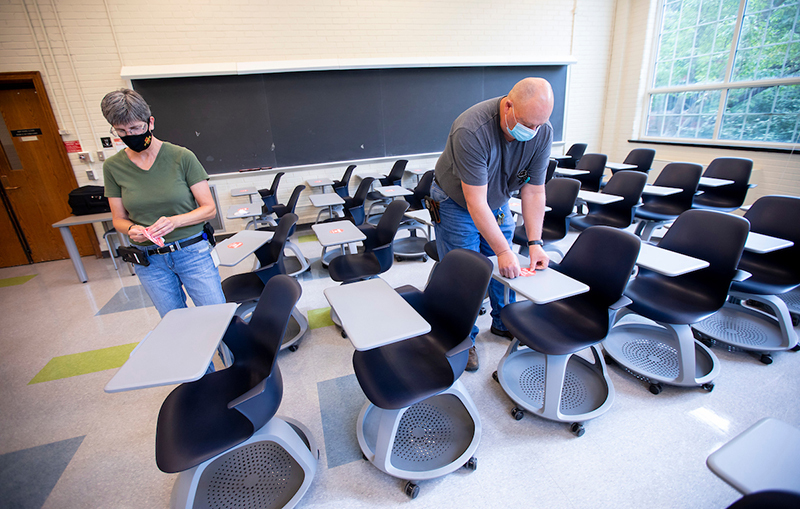
Building maintenance employees Janet Schneider (left) and Mark Johnson apply Cyclones Care "Do Not Use" stickers to desktops in a Physics Hall classroom. Photos by Christoper Gannon.
With fall semester less than a month away, teams from facilities planning and management (FPM) have been prepping general university classrooms for the new capacity and physical distancing requirements developed by an FPM leadership team and shared with the campus community earlier this month. Departments and colleges are responsible for resetting the instructional and laboratory rooms they oversee using the same guidelines.
The process includes taking seats out of commission, either with zip-ties or stickers; posting Cyclones Care signage in rooms to note revised student seating capacities and taping off instruction zones on the floor for faculty at the front of classrooms, including an 8-foot zone between the instructor and the nearest student seating. In classrooms with two accessible entrances, the team designates one for entry and one for exit-only.
Instructional facilities coordinator Katie Baumgarn, who normally schedules courses into 210 general university classrooms, currently is working with an inventory of 148 for fall semester. That includes three temporary instructional spaces in the Student Innovation Center intended for other uses -- in addition to five general university classrooms elsewhere in the new facility. It also includes the Memorial Union's Sun Room, Great Hall and South Ballroom which, on Tuesdays and Thursdays this fall, will serve as classrooms holding 72, 71 and 40 students, respectively.
Baumgarn said plans are in motion to use 68 general university classrooms too small for courses if their capacities are reduced. Those rooms could host tutoring, supplemental instruction and "other activities that support instruction and our students," she said.
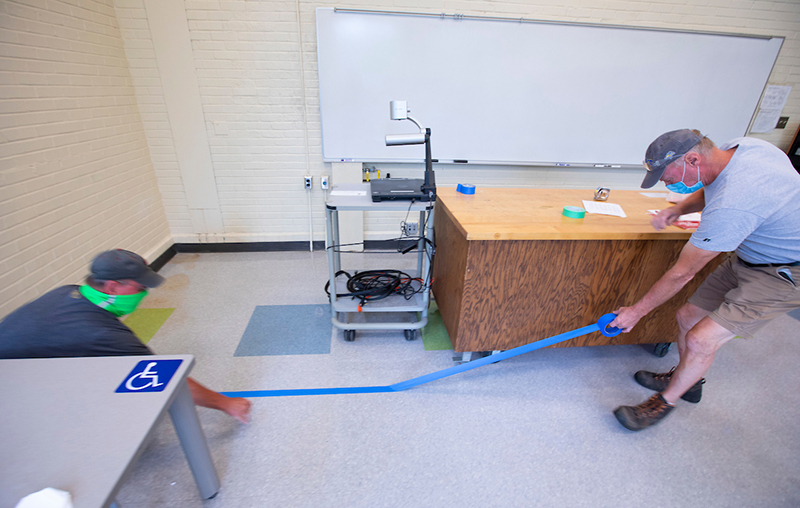
Mike Mosch (left) and Galen Stole, area mechanics in FPM building maintenance, tape off the instructor's area in a Physics Hall classroom to comply with the university's physical distancing guidelines for instructional spaces.
What to do when face coverings policy is ignored
Positive reinforcement, modeling and education are the main approaches for promoting adherence to Iowa State's policy requiring everyone to wear face coverings on university property when within 6 feet of other people, including in classrooms and offices. As it has been since the policy was enacted July 1, compliance is expected to be widespread when in-person instruction resumes this fall.
But there will be students -- and employees -- who disregard the requirement, whether inadvertently or intentionally. A July 22 memo to faculty from senior vice president and provost Jonathan Wickert and resources released this week by the dean of students office – including a statement of community expectations and tips and advice for common scenarios -- give some direction on what to do when the face coverings policy is ignored and what actions may be taken in case of repeated deliberate violations.
"We are encouraged that, by and large, our students are going to want to ensure the safety of their Iowa State community, as aligned with the Principles of Community, and our "Cyclones Care" messages for the fall. We are hoping it is rare to have to rely on any type of enforcement of these measures meant to lead us safely through the semester," said Sara Kellogg, assistant dean of students and director of the student conduct office.
The first reaction should be a reminder about the requirement and the health and safety reasons face coverings are required. Faculty have the authority and the obligation to stop a student from entering or remaining in a classroom or other learning space if they're not wearing a face covering. Specific strategies and possible responses to potential situations are included in the resources developed by the dean of students office.
Students unable to wear a face covering due to a documented health condition should be referred to student accessibility services for possible accommodation. If an accommodation is approved, faculty members will be notified, and the student will be referred to an academic adviser to facilitate appropriate arrangements. Employees unable to wear a face covering should contact university human resources (UHR).
If a student refuses to comply with the policy, report the incident to Kellogg by phone (294-1020) or email (skellogg@iastate.edu). Report noncompliant faculty or staff to your supervisor for referral to UHR. Do not call ISU Police to report individuals who aren't wearing a face covering.
Refusing to comply with COVID-19 health and safety requirements deliberately and/or repeatedly is considered disruptive conduct by a student. If a noncompliant student refuses to leave a class, the instructor should adjourn the class and report the incident to the student conduct office. The Center for Excellence in Learning and Teaching (CELT) offers resources for managing disruptive conduct in learning spaces and has a webinar on the topic scheduled for Aug. 5 (12:10-1 p.m.).
Escalating administrative action in response to a disruptive student could include restricting access to university facilities, removal from university housing, required transition to remote instruction or involuntary disenrollment.
In his memo, Wickert directed faculty to include, verbatim, a statement outlining COVID-19 health and safety requirements in the syllabus of every course with an in-person teaching component. The COVID-19 statement is included in CELT's online collection of recommended syllabus statements.
Four leadership changes await regents' approval
Iowa State has a new senior vice president for student affairs and three other university leaders have new appointments, all pending approval by the state Board of Regents July 29.
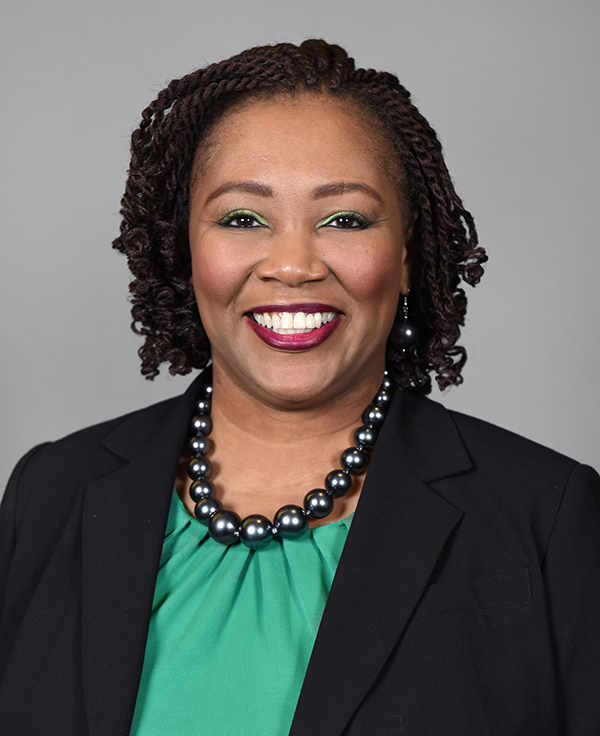
Toyia Younger
Toyia Younger, vice president for leadership development and partnerships at the American Association of State Colleges and Universities, Washington, D.C., has been named senior vice president for student affairs. She is scheduled to begin Aug. 17.
"Dr. Younger is an experienced leader with the collaborative spirit and vision to further strengthen Iowa State's reputation for providing an exceptional student experience," said President Wendy Wintersteen. "She is an excellent fit to help advance the university's priority of being a national leader in creating a welcoming and inclusive environment that meets the needs of our diverse student body."
Younger joined the American Association of State Colleges and Universities in 2016 after serving as associate vice chancellor for student affairs at Minnesota State Colleges and Universities, St. Paul (2014-16), including an 11-month appointment as interim chief diversity officer. She also held positions as assistant provost for academic affairs at Towson University, Maryland (2010-14), and director of student affairs for the Association of Public and Land-grant Universities, Washington, D.C. (2008-10).
"I am thrilled to be returning to my Midwest roots and joining the Iowa State family," Younger said. "It is my desire to become an integral part of the university's unwavering commitment to preparing students for the future and serving the needs of the Ames community. I look forward to working with so many amazing faculty and staff to advance ISU's mission."
Younger earned a bachelor's degree in social relations from Michigan State University, East Lansing; master's degree in counseling from Trinity Washington University, Washington, D.C.; and a Ph.D. in education policy from the University of Maryland, College Park.
Wintersteen thanked interim senior vice president Erin Baldwin for her leadership of the division, following the departure of Martino Harmon in June to the University of Michigan, and members of the search committee and campus community for their thoughtful consideration of candidates.
Interim status ends for other leaders
The regents also will review full appointments for three university vice presidents who have been serving in interim appointments for several years. If approved, they take effect Aug. 1. They are:
- Pam Elliott Cain, to senior vice president for operations and finance
- Kristen Constant, to vice president for information technology services and chief information officer
- Kristi Darr, to vice president for university human resources
Wintersteen noted the three played key leadership roles in the multiyear development and launch of Improved Service Delivery (ISD) and Workday on July 1, 2019.
Collaborative budget building
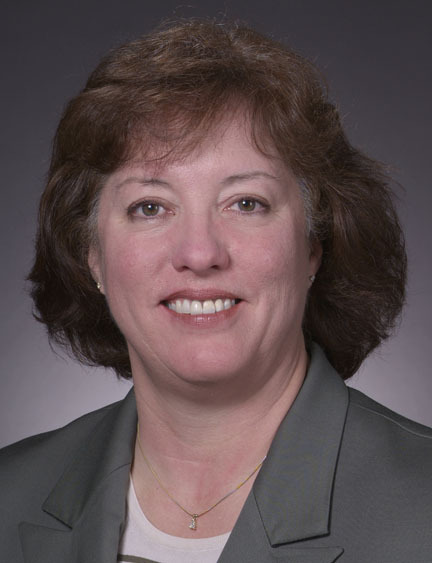
Pam Cain
Cain served in interim roles as senior vice president for the former division of university services since November 2017 and the former division of finance since December 2017. The two divisions merged into the division of operations and finance in March 2019.
"The market for talent of Pam's caliber is incredibly competitive, and I am delighted that she will continue to serve as a key member of my senior leadership team and a dedicated member of the Iowa State community," Wintersteen said.
Cain has been a leader in addressing the university's budget challenges, including the unprecedented financial impacts of the COVID-19 pandemic. In 2019, Cain led a successful restructuring that combined the divisions of finance and university services for more effective and efficient collaborations. In 2018, she established the institutional budget management team, which represents the university's major divisions. Under her direction, the team's open, collaborative budget-building process prioritizes productivity, innovation and excellence.
Wintersteen said Cain's commitment to continuous improvement remains invaluable as the university navigates the transition to ISD and Workday in its day-to-day operations.
Cain has been with Iowa State since 2007, when she began duties as associate vice president for finance.
Modernizing IT
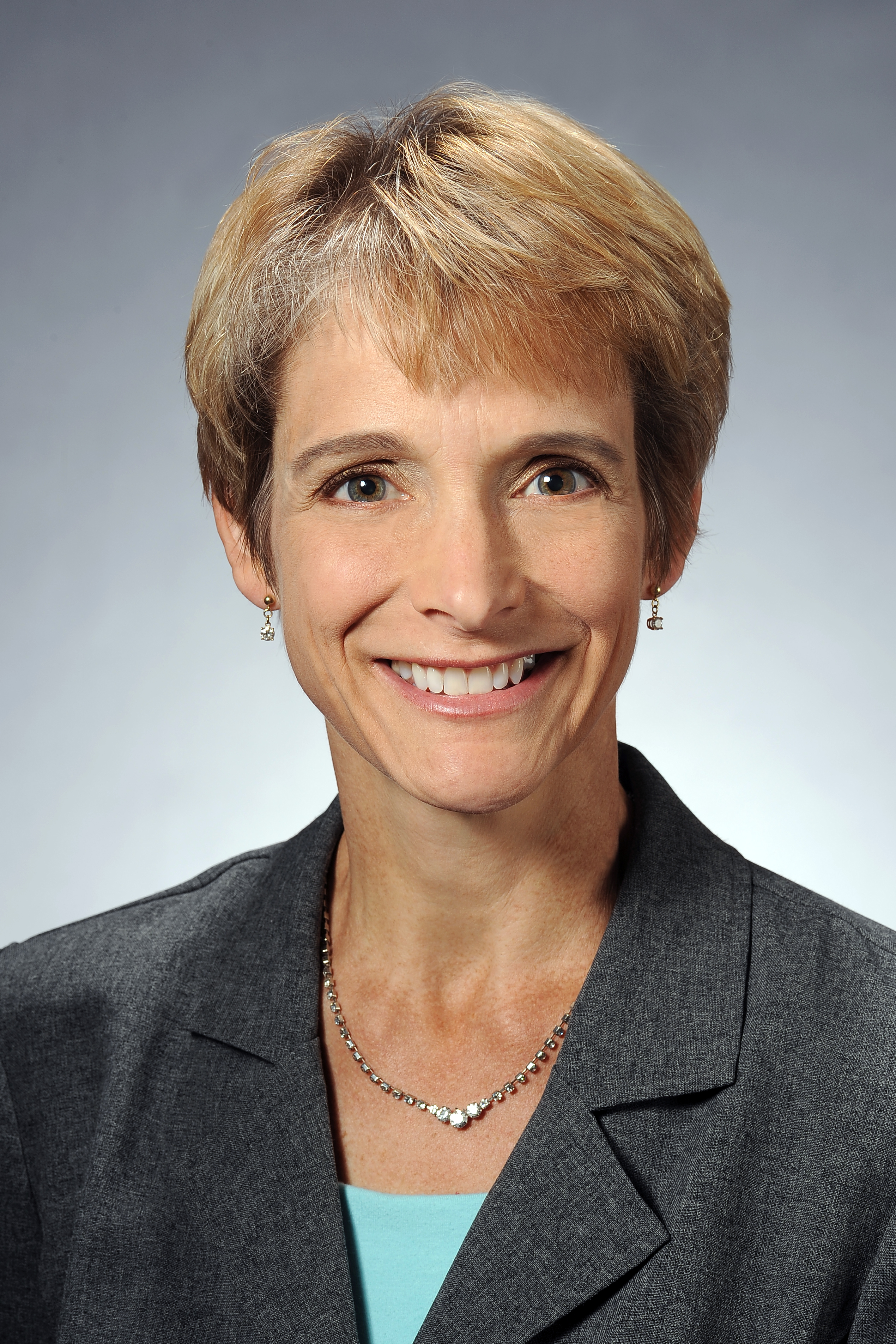
Kristen Constant
Constant has served as interim vice president for information technology services and chief information officer since December 2017.
"Kristen is well-known in her division and throughout the university as a thoughtful, caring and communicative leader," Wintersteen said. "We are so fortunate to have her leading our efforts to leverage technology to improve all aspects of our mission."
Constant's efforts have focused on keeping the university on track in modernizing and streamlining its information technology infrastructure and processes. She has been central to the university's IT and technological response to the COVID-19 pandemic and the implementation of Workday, arguably the largest technological transformation ever at Iowa State.
Constant has worked for Iowa State nearly 30 years. She holds the rank of Morrill Professor and is the Wilkinson Professor of Interdisciplinary Engineering for Materials Science and Engineering. Prior to being named interim VP and CIO, Constant served five years as chair of the materials science and engineering department.
Committed to employee success
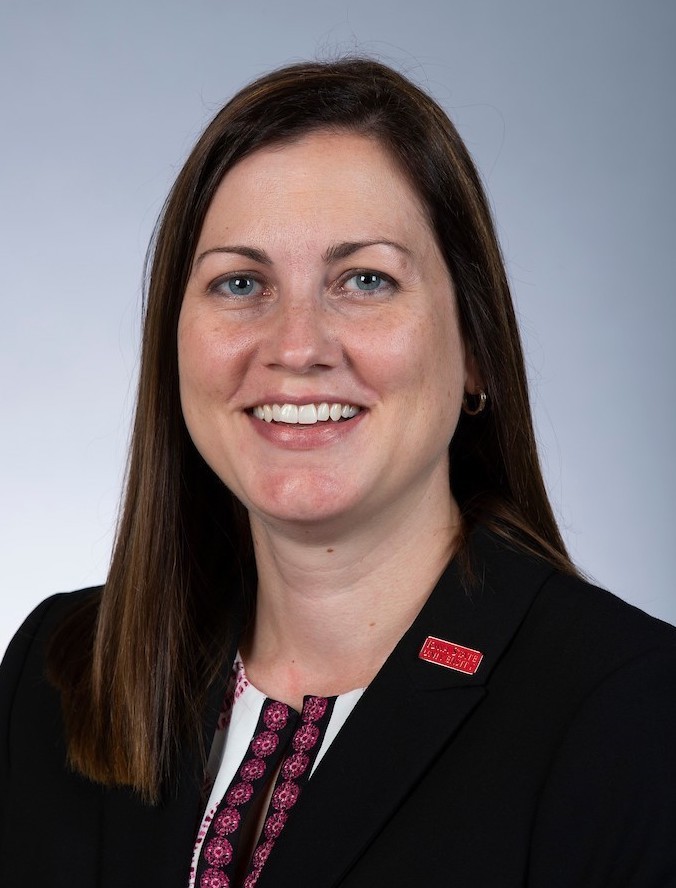
Kristi Darr
Darr has served as interim vice president for university human resources since August 2016.
"During her four years as interim VP, Kristi has proven to be a caring leader with a deep commitment to the success of our people," Wintersteen said. "The decision to remove the interim title is recognition of Kristi's great accomplishments and the campus community's confidence in her continued success."
Darr has provided critical leadership in the response to the COVID-19 pandemic, enabling the university to successfully transition thousands of employees to remote work; implementing complex time-off, leave and alternative work policies; and developing essential guidance and resources for supervisors and employees.
Wintersteen said Darr is committed to ensuring the university's approach to human resources and finance services emphasizes high-quality and consistent service, customer-focused solutions and continuous improvement.
Under Darr's direction, the UHR team has redesigned the professional and scientific classification and compensation structure, developed opportunities to support employee well-being and is exploring a communitywide collaboration to improve access to high-quality, affordable child care.
Darr has worked at Iowa State since 2008. Prior to her interim appointment, she served as director of human resources.
Retirement incentive proposal goes to regents next week
Iowa State leaders will share an employee retirement incentive option (RIO) proposal with the state Board of Regents when it meets next week in Des Moines. If the board approves the plan, the window for eligible employees to express interest would open Aug. 3 and close March 1, 2021. Approved participants would need to retire from Iowa State by June 30, 2021.
The proposed RIO program is part of a broader strategy to trim operating budgets in the face of reduced state appropriations and tuition revenue. It is a voluntary program open to employees eligible for medical benefits who meet age and service requirements.
RIO program website
Resources, including instructions for expressing interest in the program, are on a project website.
The university most recently offered a series of retirement incentive options in 2009 and 2010 as the university responded to a $24.5 million mid-year state appropriation reversion.
Incentive choices
Participants in this year's RIO would choose from three incentive options:
- Two years of monthly employer's retirement contributions, plus health and dental coverage* (employer and employee costs) up to the self and spouse/partner level
- Three years of retirement contributions
- Three years of health and dental coverage*
*Requires five years of continuous participation in ISU medical/dental plans prior to retirement
Eligibility
To apply, employees would need to meet a rule of 70 (age and continuous length of university service) and be at least 60 years old at the time of retirement. In addition, an applicant:
- Should not already have been accepted for another ISU retirement program, such as phased retirement.
- Should not have received approval to retire or resign prior to the announcement of the RIO program.
- Agrees to fully retire no later than June 30, 2021, but also on a timeline that assures a smooth transition of duties.
Potential savings
University leaders estimate about 1,200 faculty and staff would be eligible for the RIO program, but actual savings to the university would depend on the number of approved participants. Not everyone who qualifies may be approved for the retirement incentive option. Division leaders, who make final decisions, will look for demonstrated cost savings as they review requests.
The cost of each of the three incentives also would range with the program selected and the individual participant, including variables such as salary or current medical and dental plans. Leaders conservatively estimated an incentive cost of $17,625 annually. The combined annual salary and fringe benefit cost averages for the eligible group is about $113,000.
Rehire clause
Employees approved for the RIO program could not be rehired at the university during the incentive period they choose (two or three years). Any exceptions to rehiring would require an employee to repay the value of the incentives they had received.
How faculty viewed spring's virtual transition
After the spring semester, the provost's office and the office of institutional research surveyed faculty and instructional staff about their experiences in the transition to virtual course delivery and the impact the shift had on their work.
The survey, developed in consultation with the Faculty Senate, was sent to 2,180 faculty and staff, with 62% (1,352) responding. Here are some highlights from a summary of the survey's findings released last week.
Support for the shift
Eighty two percent of respondents converted at least one course to virtual delivery, and 57% had never taught an online or hybrid course prior to the COVID-19 transition. Most instructors reported relying on colleagues and the Center for Excellence in Learning and Teaching to assist with the shift to online teaching -- with colleagues being selected almost twice as much as any other resource. Three out of four respondents agreed or strongly agreed they had adequate support in the move online, and two-thirds or more were satisfied with the communications received from colleagues and leaders at the department, college and university level.
Technology
Nearly nine out of 10 respondents (88%) were satisfied with the technologies they chose to use in the online shift. Canvas and email were the most common technologies instructors reported using. Half of the courses used asynchronous (not real-time) methods. Student access to reliable internet was the technological challenge cited most often.
Student engagement
Responding instructors said that before the transition, they estimated that in 75% of courses, at least half of students were actively engaged. That percentage dropped to 42% after the transition. Regardless, instructors agreed or strongly agreed that students achieved the core learning outcomes in 76% of courses. Instructors who rated the combination of technologies they used as "very effective" reported higher student engagement post-transition, with a majority engaged in 54% of courses. Lectures had the lowest engagement among course types, and studio courses had the highest.
Instructor impact
Re-envisioning course activities was selected as the top pedagogical challenge for instructors, but 77% said they developed new teaching skills as a result. Respondents who named something they thought they did well during the transition often mentioned frequently checking in with students and staff, adjusting course content or expectations, or learning and using new technology. Mentoring students was the activity cited most as being negatively impacted. Asked to write one word about how they were feeling, respondents most frequently wrote "overwhelm," "stress," "exhausted" and "tired."
Memo outlines new fall guidance for instructors
Guidance released in a July 16 memo from the provost's office and the fall academic continuity working group includes several new recommendations that will affect instruction and other interactions with students.
Seating charts
Designated seating should be used in face-to-face classes to ensure physical distancing and to assist in contact tracing, if needed. In learning spaces without seats, such as studios and labs, maintain a location chart. Classrooms are being prepared to support physical distancing rules.
Messages to students
Many changes for the fall that will impact students were outlined in July 10 messages from President Wendy Wintersteen:
Avoid congregating
Before and after classes, instructors should not congregate with students in the classroom, avoiding disruptions to exiting and entering the room.
Attendance and absences
Given the health concerns this fall, establishing attendance expectations for students will be a challenge. Instructors should consider grading on achievement rather than attendance.
In a July 22 memo to faculty, senior vice president and provost Jonathan Wickert noted that while faculty have the authority to set their own policies on attendance, he urges flexibility this fall. Complying with public health recommendations such as self-isolating due to a positive COVID-19 test, waiting for test results or staying home when experiencing symptoms will all be considered excused absences. Wickert asked faculty to work with department chairs and program directors to establish alternative approaches to failing students who have significant absences, such as assigning a grade of incomplete and allowing students more time to complete coursework.
Virtual support
Faculty are urged to hold virtual office hours, due in part to the space constraints of most offices. If physical distancing is possible, faculty can meet with a student one-on-one but should do so by appointment.
Student support services such as academic advising, tutoring, academic coaching, supplemental instruction and learning communities will operate in a similar manner this fall, as outlined in a July 10 memo from the academic continuity working group and the academic support services subcommittee. Most small group and one-on-one activities will be virtual, with large group in-person meetings possible with adequate physical distancing.
Canvas and testing
All courses must use the Canvas learning management system, which also is encouraged for course assignments. Conducting exams online is preferable, if possible. The academic continuity working group released a July 16 memo on fall testing options.
Schedule coming soon
A fall schedule of classes that includes room assignments will be released Aug. 3. The original schedule was maintained whenever possible. The schedule will designate the delivery mode for each course as face-to-face, hybrid or online.
Obbink named to coordinate public health plan implementation
Kristen Obbink, who works as a veterinary specialist at the Center for Food Security and Public Health, located at the College of Veterinary Medicine, will serve as the university's COVID-19 public health coordinator through fall semester.
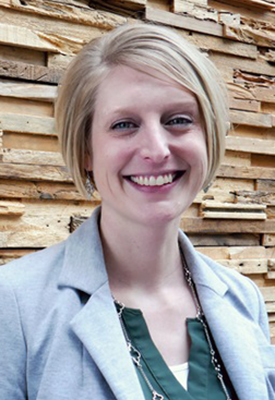
Kristen Obbink
Obbink will lead the effort to implement the university's public health plan. Pending final approval from senior leaders, the plan outlines processes for responsibilities such as testing students for COVID-19 when they return this fall, contact tracing and case investigation in response to positive cases, mental health support and administering vaccines -- influenza and COVID-19 when one is available.
A multidisciplinary public health team, assembled in late June, developed the plan using members' expertise in areas as varied as health services, finance, data metrics, safety and communications.
"We brought in a lot of experts to contribute to the plan," Obbink said. "They know best how their units or sections operate, so it will be implemented in those lanes by the individuals who know their areas, as part of a coordinated effort across campus."
In addition to campus coordination, Obbink will work with external partners such as the state and Story County departments of public health. She said her focus will be to avoid gaps and redundancies and make sure the university's response is effective in keeping the community safe.
"The situation changes often, but we adapt," she said. "Everyone's goal is to make sure we have the safest experience this fall we possibly can."
Obbink is a public health veterinarian with degrees in veterinary medicine and public health. Before coming to the Center for Food Security and Public Health in 2015, she worked for the Iowa Department of Public Health. She also is a former member of the Story County Board of Health.
Quarantine required after arriving from abroad
To comply with guidance from the Centers for Disease Control and Prevention (CDC), students, faculty and staff arriving from outside of the United States must self-quarantine for 14 days before participating in any in-person activities on campus, including classes.
Due to CDC travel restrictions and an expected drop in new international student enrollment, the requirement likely won't have a broad impact, said Shaun Jamieson, international risk analyst for the university's risk management office. Many continuing international students have remained in the U.S. since the COVID-19 pandemic began earlier this year, he said.
The international students and scholars office shared information about the quarantine policy as part of its regular updates for international students and as it assists students with travel plans, said director Brendan O'Brien.
"We're trying to open the door as much as possible for international students, but there are some limitations that are, for the most part, out of our control," O'Brien said.
International students planning to live in university residence halls will be provided temporary on-campus housing to complete their time in quarantine. Domestic students planning to live on campus should stay home for the quarantine period upon returning to the U.S. Students planning to live off-campus and employees also should quarantine at home.
Students who aren't returning to the U.S. in time to quarantine before classes start Aug. 17 should contact their academic advisers and their instructors to make needed arrangements, such as beginning in-person class activities remotely.
While many countries have lower rates of coronavirus than the U.S., the CDC recommends the 14-day quarantine more due to the exposure inherent in travel than traveler's origin, Jamieson said.
P&S Council gets fall planning, class/comp updates
The chair of the fall planning committee provided the Professional and Scientific Council with an update at its July 16 meeting, less than three weeks before Aug. 3 -- when students begin to return to campus and many employees will resume on-campus work.
"It's about to get a lot busier around here," said vice president for extension and outreach John Lawrence, chair of the executive committee on fall planning. “While it's challenging to return people to campus, the health and safety of all of our staff, faculty and students remains our highest priority.”
Students will move into residence halls over a two-week period before classes start Aug. 17 to spread out the process, allowing for better physical distancing. Arriving students will first report to the Lied Center, where they'll be tested for COVID-19, receive their room keys and be issued an ISU Card, if needed. The Veterinary Diagnostic Laboratory, partnering with the State Hygienic Laboratory, will process tests, Lawrence said.
"That will allow us to get results back within 24 hours," he said, adding that about 400 rooms are set aside for students to quarantine and isolate.
Faculty and staff who have COVID-19 symptoms or have been exposed to someone who tested positive or has symptoms can be tested at the Thielen Student Health Center, said Sara Parris, P&S Council president and associate director of the health center. The university is working with city and county officials to urge the state to establish a Test Iowa site in Ames, which would provide coronavirus testing for anyone even if they're not experiencing symptoms or aware of an exposure to COVID-19, Lawrence said.
Facilities planning and management crews have installed hundreds of hand sanitizer dispensers in campus buildings and have posted more than 4,000 signs on campus to encourage practices such as physical distancing, hand-washing and wearing a face covering, part of the Cyclones Care messaging campaign that will extend to digital media and other promotional materials, Lawrence said.
Title reviews running smoothly
Through early afternoon on July 16, 188 of roughly 3,200 P&S staff had requested a review of the new title they were assigned as part of an overhaul of the P&S classification and compensation system, Emma Mallarino Houghton, classification and compensation director in university human resources (UHR), told the council. The deadline for requesting a review is July 24.
"It's been a partnership with a lot of people across campus, and I'm glad to report that so far it's been pretty smooth," she said.
Mallarino Houghton said in August, before the new system is finalized Aug. 30, UHR will begin sharing information about the new pay grades and how they connect with classifications. Salary and work duties won't change as part of the new system.
Asked by a council member if some of the names of the new job titles could be adjusted, Mallarino Houghton said it is possible. The "application development" title, for instance, is being changed to "application developer," she said. If employees have comments about names of new job titles or other general feedback not related to their individual title designation, they can send them through the submission form on the project website, she said. Employees and supervisors can also request a business title more specific to an employee's job.
Mental health training
Stephanie Downs, ISU WellBeing coordinator, reminded council members about a training program that debuted July 1. Kognito presents simulations to prepare individuals for real-life conversations about mental health.
Though the situations are set in an academic environment, with an instructor working with students, the 45-minute training helps provide participants with a broadly applicable skill set and is valuable for employees even if they don't have much contact with students, Downs said.
To access the training, log in to Learn@ISU and use the search keyword "at-risk."
Temporary changes announced for ombuds services
Several changes in the university ombuds office are being shared with the campus community this week. Ombuds Deanna Clingan-Fischer is retiring from the university Aug. 6.
Free, confidential ombuds services will continue to be offered to help employees resolve work-related matters. MWI, a nationally recognized ombuds and dispute resolution firm based in Boston, will offer remote services on an interim basis. More information about MWI, including a confidential communication form, is online or call 617-895-4026.
Two MWI ombuds are available now to work with Iowa State faculty and staff; employees may choose to work with either one:
- Dina Eisenberg, J.D., a seasoned mediator, and former corporate ombuds for Bank of America, loves to help managers and employees clarify their needs and goals and then explore workable solutions. She developed an understanding of the uniqueness of academic life from her time as ombuds for Berklee College of Music, Boston. Eisenberg can be reached at: dina-ombuds@mwi.org.
- Chuck Doran is an experienced ombuds, mediator and dispute resolution professional who's looking forward to working with faculty, staff and graduate students to surface and resolve matters facing the ISU community. Doran can be reached at: chuck-ombuds@mwi.org.
Informal resource for employees
As a reminder, ombuds services are independent, neutral and confidential. They are an informal resource for employees, but are not meant to replace an employee’s ability and responsibility to speak with their manager to informally resolve issues.
Oversight for the university ombuds office has shifted from the president's office to the office of the senior vice president and provost, becoming part of the responsibilities of associate provost for faculty Dawn Bratsch-Prince.
